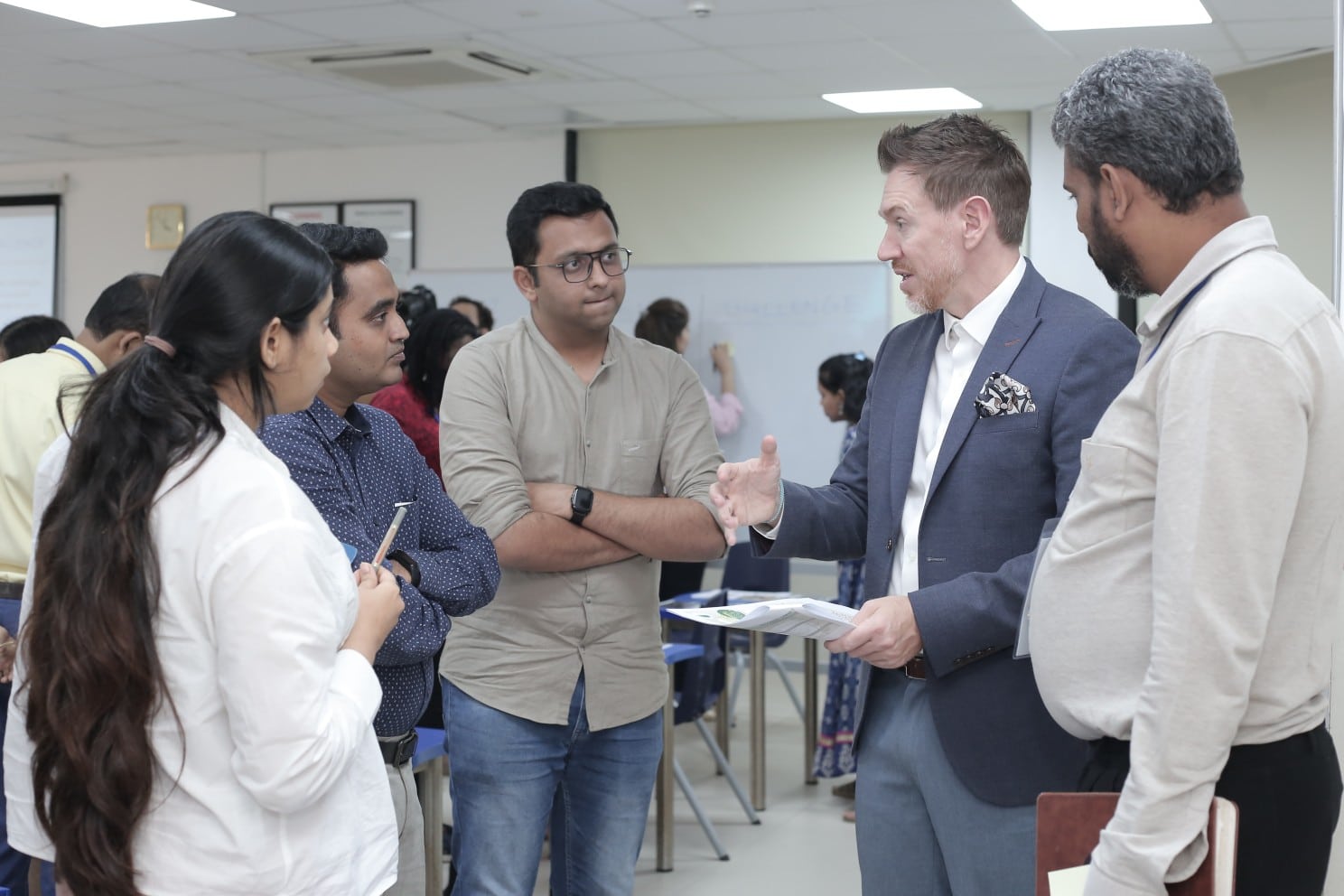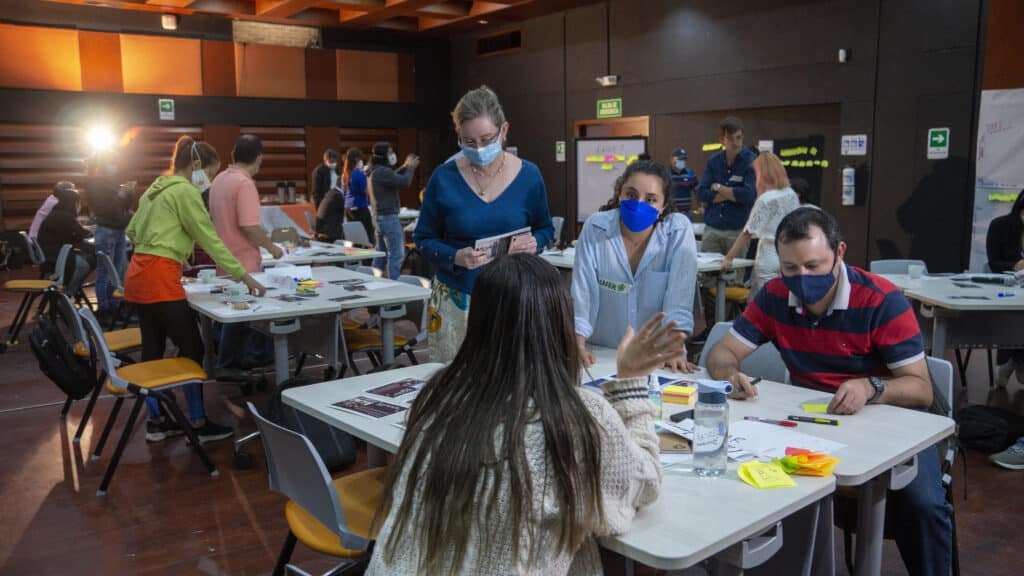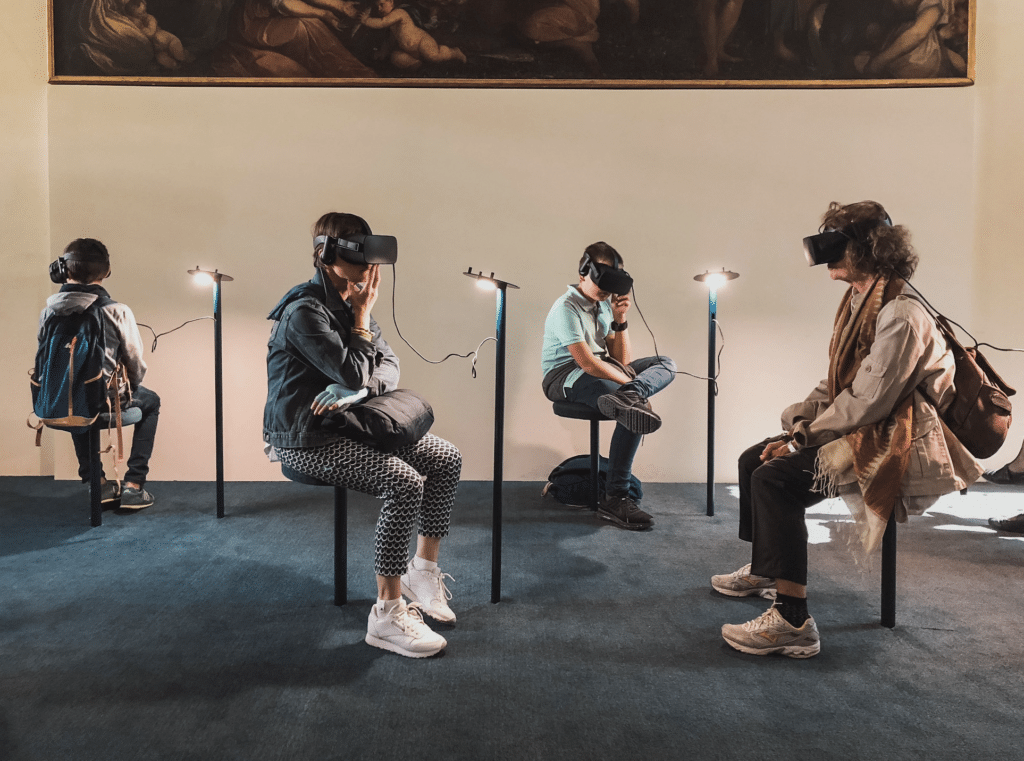
The move that changed my career after years superglued to broken curriculum and pre-loaded content.
The shift to project-based learning has professionally been a gift.
The teaching crisis is real. Our colleagues are leaving the profession in droves, and vast shortages across the domain are now a real possibility. I was undoubtedly one educator on the brink before our Think Global School curriculum shift.
The misery is absolute. Many teachers are locked into repetitive lessons, teaching towards what amounts to a memory test, and morale is at rock bottom, working long hours for minimal reward.
One question I have pondered over the last six months is the origins of our reluctance to change. Does it come from the necessary work required to move from a>b in curriculum design? Is it a genuine mistrust of PBL and other pedagogical options on offer? Or is there still a belief that terminal testing is the right way to evaluate learners?
If change is on your radar for the 2022–23 school year, here are five rules I tried to follow during my leadership experience as part of a PBL program.
- Patience
We as leaders must remember that PBL and other pedagogical approaches designed closely to its principles are not taught during teacher training courses. I continue to scour global education departments for any system which has embedded interdisciplinary learning deep into the units of learning its graduates are taking.
With this in mind, when appointed to PBL roles, our colleagues will take time to adjust and adapt.
It’s not a perfect training system that sends out graduates into the world of our classrooms. We must supplement their initial graduate training with professional development opportunities that open their eyes to project, place, and inquiry-based learning. Then, reflect on their training with staff in focused post-experience seminars and workshops.
Since starting the THINK Learning Studio, it’s become apparent that educators do see that change is required. This is encouraging. We could genuinely see a flocking to the profession if it truly reforms to a more studio and project model.
2. Help your colleagues see the future
Firstly future-facing curriculums are not those that conclude with three-hour exams.
The more leadership teams stay hooked on the exam drug, the longer it will take to shift to schools that genuinely create a love for learning.
Terminal exams often fail to teach context, design principles (not limited to Design and Technology and art class), negotiation, long-term planning, financial literacy, networking, conflict resolution, critical reasoning, and so on. All are essential in the world of work.
Conduct focused professional development retreats, guest speakers, and collaboration days on why change and becoming future-focused is essential for educators; use free resources from The Institute of Future. Many inspiration settings can be considered future-focused and create inquiry and inspirational environments for staff group experiences.
Stay tuned for the TLS Foresight Lab, which is launching soon. Inspired by my attendance at the Dubai Future Foundation.
TLS attend the DEI Conference in Brisbane, Australia.
3. Stand back and let your team problem solve
If you have hired right, your teams will grow exponentially as you embark on your project-based curriculum and work through your timetable.
Let your teams troubleshoot planning and module design.
Let modules sometimes go off course (for staff and students); the learning in the post-module reflections between the team and learners is vast.
Push back against staff who only want to teach in their comfort zone.
Prep your board and leadership that this will be a process and results won’t be immediate. Remember, “as one goes through life, one learns that if you don’t paddle your own canoe, you don’t move.”

TLS working with the University of Bucaramanga, Colombia.
4. Encourage your teams to get out of the classroom
Remember, standardisation is the primary focus of the industrial model. Identifying where it exists in your school is essential. That doesn’t mean you need to abolish all standardisation, but be aware of where it is.
As Principal of TGS, I conducted hundreds of interviews. Learners almost always mentioned the soul-destroying nature of the “four walls of the classroom”.
Encouraging experimentation, mindfulness walks, fireside chats, reflection, and Socratic dialogues in outside spaces, local resources and locations that can host classes. Be warned, however, if your timetable is seven or eight one-hour blocks, then be prepared for the imagination to be limited and restricted.
“A rough day at sea is better than any day at the office.”
Create time and space for learning to flourish.
5. Diversify project-based learning experiences
At THINK Global School, we conducted a range of project-based experiences for our learners to experience. Learners who were more “green’ to PBL offerings were subsequently scaffolded in the earlier years by using teacher-led modules, which were teacher designed, and co-taught but always allowed students to direct the outcomes and product.
Later in the cycle, when learners became more independent and started experimenting with personal and passion projects, usually for a term (seven weeks) in length. These were always interdisciplinary, student-designed and could be either focused on “place” or more abstract. These projects were not awarded credits but could be used to accumulate TGS Learning Targets that counted towards graduation. Learners use industry experts, podcasts, new media, niche blogs and writing. Within personal projects, students are held accountable for their timelines within their process portfolio; they are expected to immerse themselves and regularly practice skills and techniques to aid their prototype and final product.
By Grade Twelve, learners would embark on their mastery project, a final piece of deeper learning which was an accumulation of the skills and topics they enjoyed from the earlier teacher-led and personal projects. It would include an outside mentor, showcasing work at our end-of-term Showcase or our Greek Symposium in Athens to our invited community and guests.
Mastery always ended with a presentation to faculty and a detailed “exit interview” to reflect on the journey.
In addition, one of the more enjoyable aspects of mastery is that students would design and present their learning targets (advanced inquiry targets) to the faculty. In this, students could generate new domains of learning and curriculum that the school may have ignored.

Students engaged in Virtual Reality.
My career could have quickly fizzled out with me taking zero risks, ending with a 5-minute dialogue from a Deputy Head and a thank you card.
Superglued to broken curriculum and pre-loaded content.
Many of us in the inquiry-based world are fully aware that the church of curriculum change and project-based learning can vex non-believers.
So many incredible educators are locked into a professional discourse and pathway that undersells their immense abilities. The trade-off for freedom, however, is worth the initial discomfort. Innovative curriculum design is now a religion for many of my teams; there is no turning back.
Suppose life starts at the end of your comfort zone (professionally). In that case, the move towards change and a curriculum which embraces greater freedom is not just crucial for your students but for ourselves as educators. This change could also be a small step in increasing a collective movement that might stop the great teacher exodus and start to save our profession.










